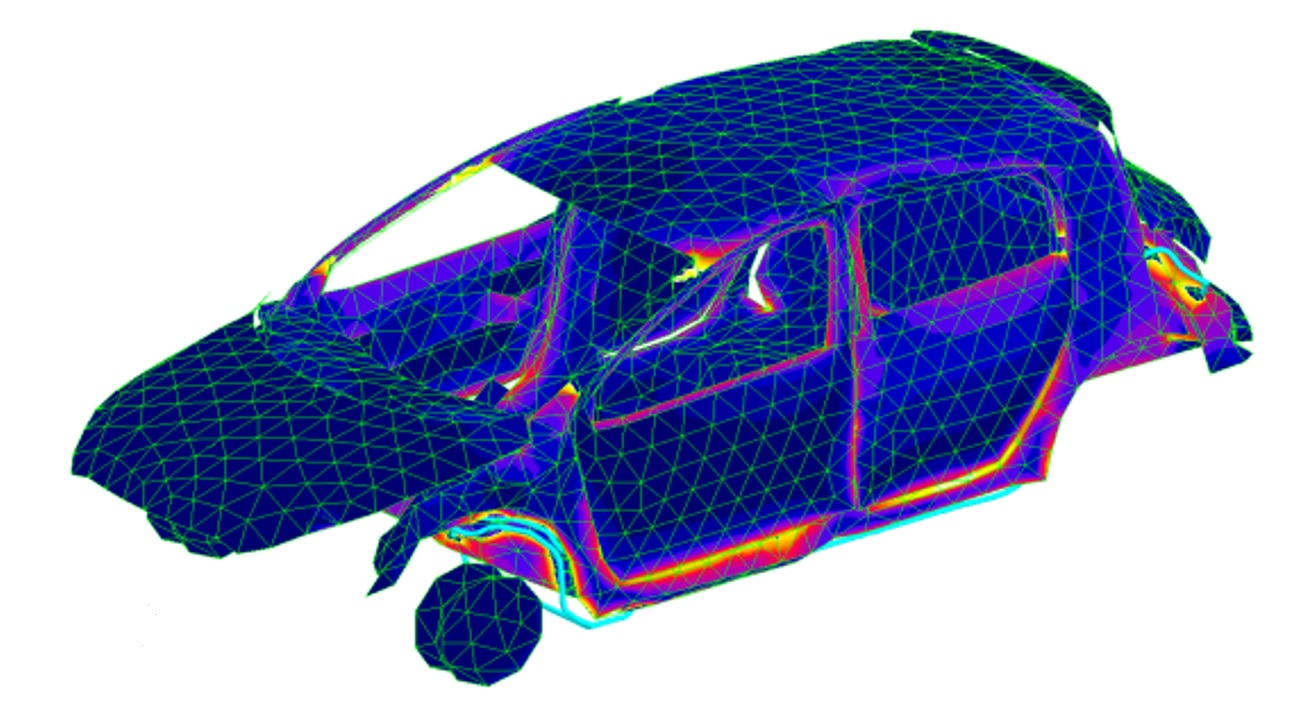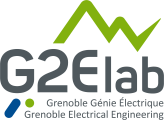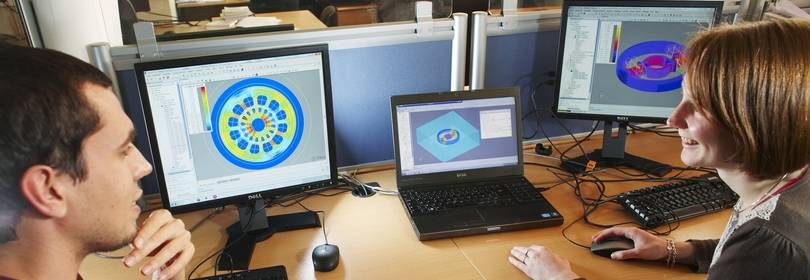The "computational electromagnetics" theme aims to develop high-performance numerical models to simulate the behavior of electromagnetic devices in a multi-scale and multi-physical dimensions. This research theme is historic for the MAGE team. Resulting from our work on finite elements method, this theme has recently evolved with significant research on integral formulations.
Finite Element Method
We are working on finite element electromagnetic formulations. The developed methods are capitalized in the FLUX software. It is the result of 35 years of collaboration between the MAGE team and ALTAIR. FLUX is now technically supported by ALTAIR and the MAGE team continues to actively work on the development of new electromagnetic modeling methods with the supervision of numerous collaborative theses.
Works in progress
- Vector and dynamic hysteresis with the implementation of models for soft magnetic materials, including static and dynamic hysteresis phenomena. The work led to the development of a high-performance vector preisach model in terms of computation time and convergence.
- Modelling of laminated materials including conductive strip windings and laminated magnetic circuits to determine the distribution of losses in electrical devices.
- Motion for electrical machines with the development of new 3D formulations taking into account motion, non-linearity, circuit coupling, eddy currents and end-windings effects

Integral Methods
The main interest of integral methods is that the meshing of the air region is not required, which makes them particularly light for modelling electromagnetic systems in which air plays an important role. Since the development of matrix compression methods, integral methods are nowadays considered as a powerful alternative to finite elements. Our works are capitalized in the MIPSE platform.
Les travaux en cours
- The generalized PEEC method, which allows an electromagnetic problem to be translated into an equivalent electrical circuit and coupled naturally with an external one. It has been extended to unstructured meshes with the consideration of capacitive effects with dielectric and magnetic materials.
- Integral formulations such as "Boundary Element Method" and "Surface Impedanceboundary Condition" that allow problems to be modelled with a reduced number of degrees of freedom.



